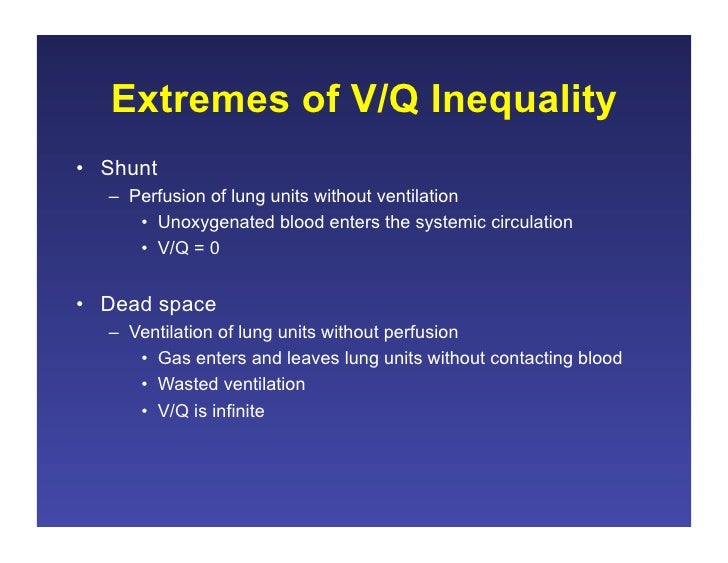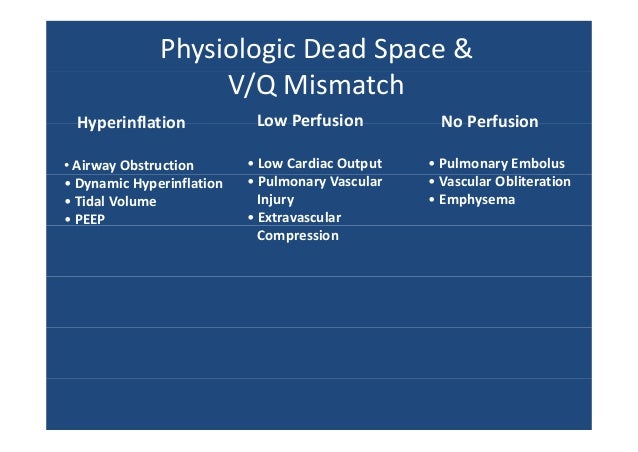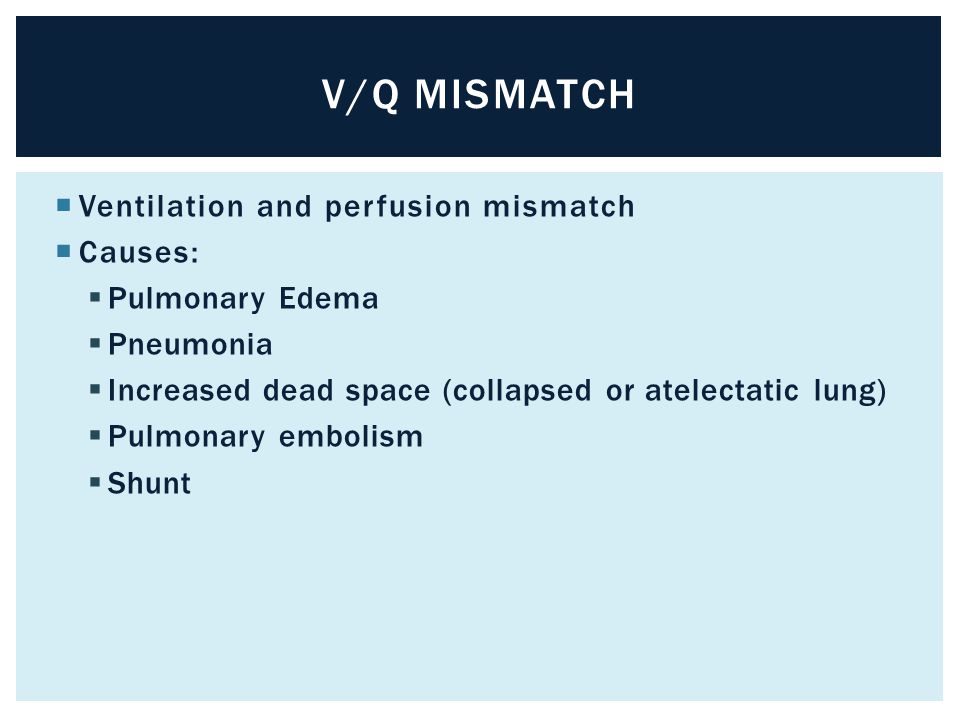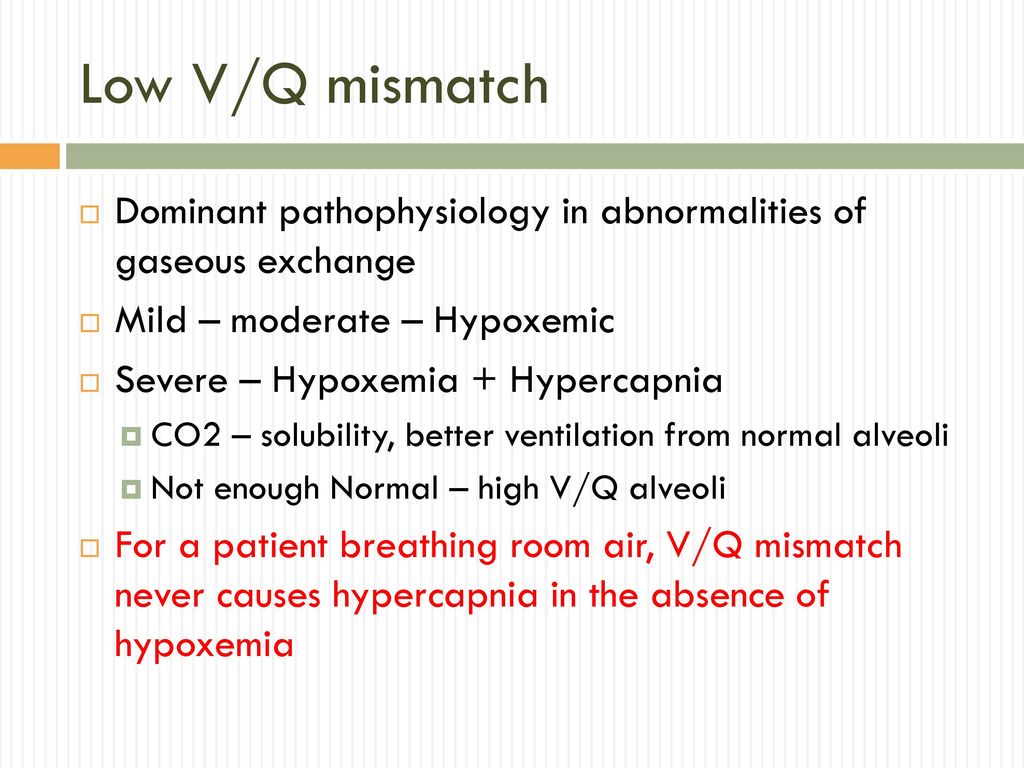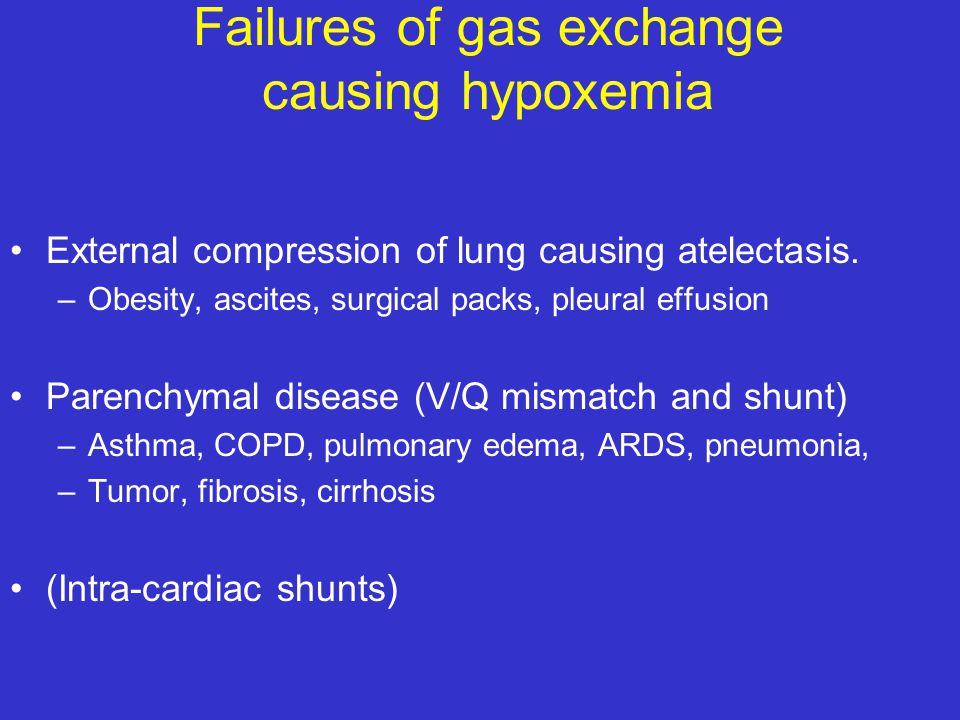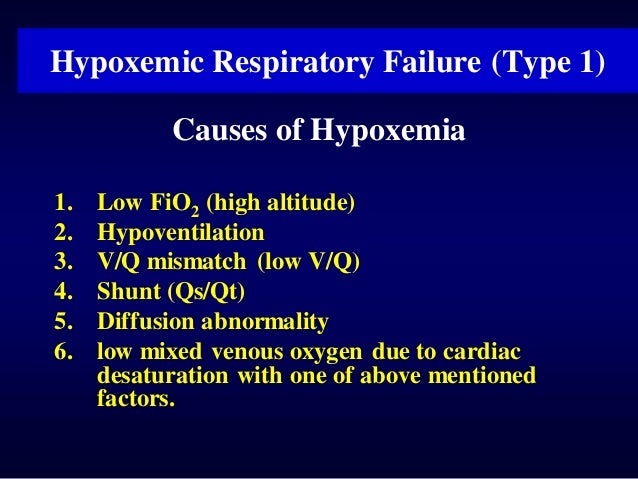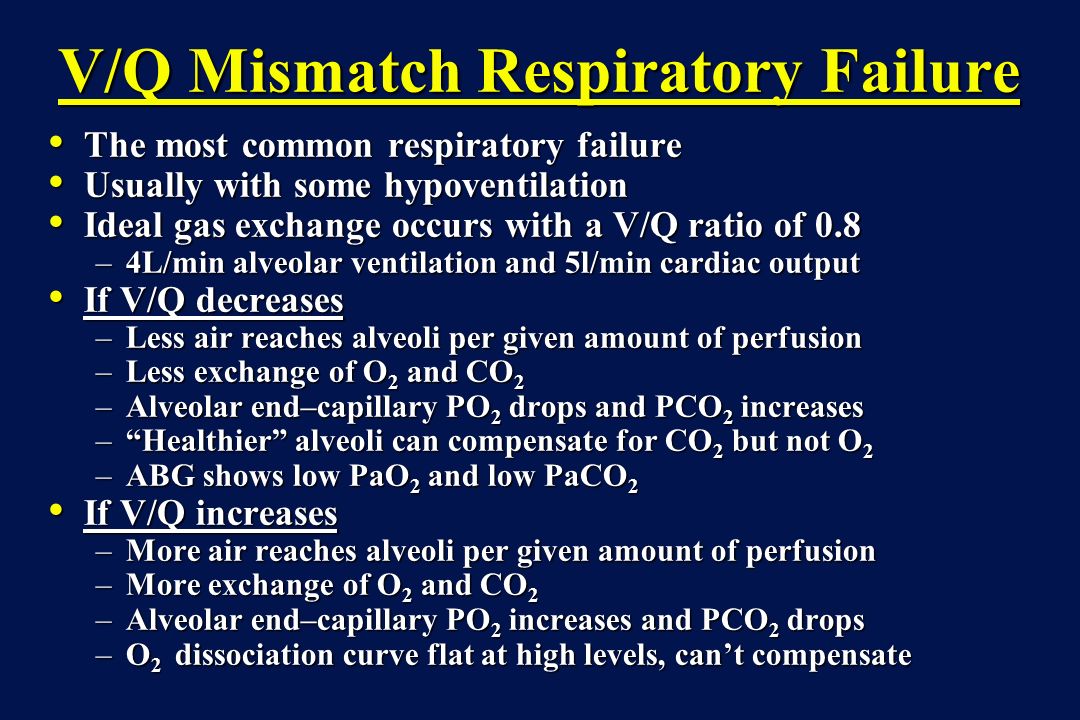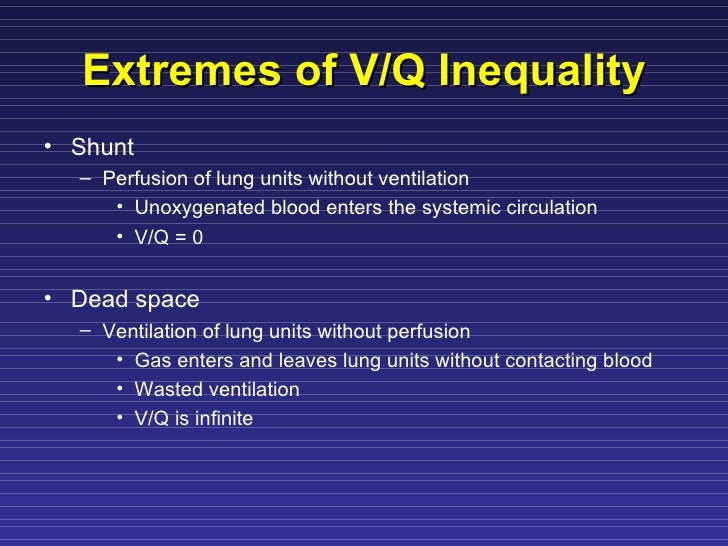Vq Mismatch Causes
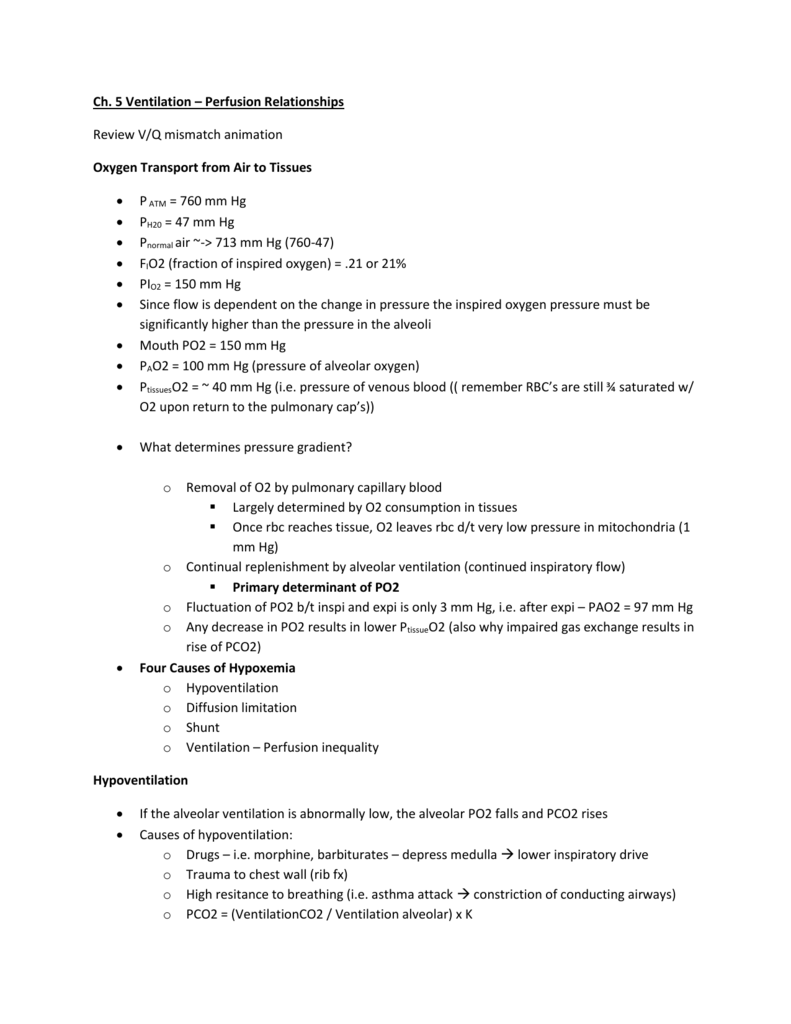
Learn vocabulary terms and more with flashcards games and other study tools.
Vq mismatch causes. Not having enough blood oxygen can lead to respiratory failure. Learn vocabulary terms and more with flashcards games and other study tools. Due to damaged and destroyed alveoli in the lungs the surface area available for the transfer of oxygen and carbon dioxide goes down. Dead space and shunt.
Vq ratios compare the amount of air reaching the alveoli to the amount of blood reaching the alveoli. A vq mismatch can cause hypoxemia which are low oxygen levels in your blood. Emphysema can also cause an elevated vq ratio. There are 2 types of mismatch.
There are 2 types of mismatch. The ventilation perfusion ratio is exactly what you think it should be the ratio between the amount of air getting to the alveoli the alveolar ventilation v in mlmin and the amount of blood being sent to the lungs the cardiac output or q also in mlmin. On the vq scan there will be evidence that segments of the lung in the distribution of the affected blood are not being perfused. Once you get it you totally get itbut it can be a tricky concept to understand.
A vq mismatch in respiratory pathophysiology is a problem with either the ventilation air going in and out of the lungs or the perfusion oxygen and co2 diffusion at the alvioli and the pulmonary arteries. Ventilation therefore goes up leading to an increased vq ratio. These two variables v q constitute the main determinants of the blood oxygen o 2 and carbon dioxide co 2 concentration. Therefore vq increases because the ventilation v stays the same and the perfusion q goes down.
In your advanced medsurg course you will be introduced to the concept of a vq mismatch. The ventilation perfusion vq ratio. Start studying vq matching vq mismatch hypoxemia. The vq ratio can therefore be defined as the ratio of the amount of air reaching the alveoli per minute to the amount of blood reaching the alveoli per minutea ratio of volumetric flow rates.
Vq mismatch is common and often effects our patients ventilation and oxygenation. Modern bronchodilators cause less hypoxemia than shown in figure 4 26 and also less deterioration in the ventilation perfusion ratio distribution. It was surprising that this almost asymptomatic patient had as much ventilation perfusion ratio inequality as shown in figure 4 26.
